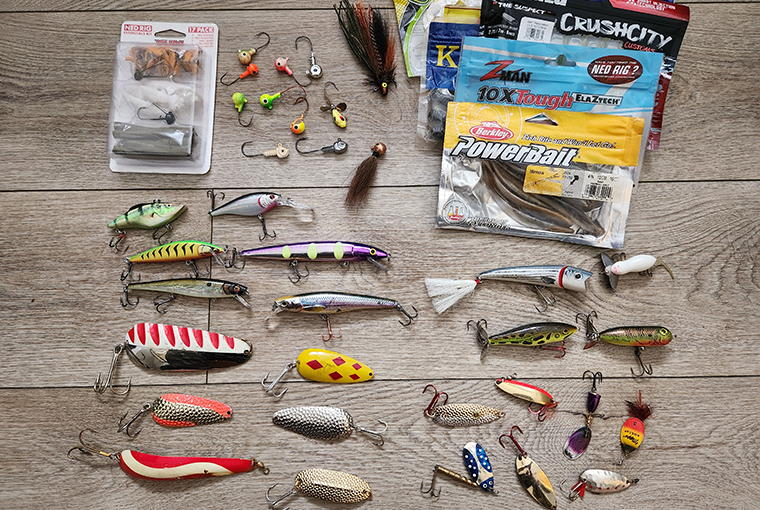
Fishing gear can be like an addictive drug. The more you have the more you want. All the boxes and hampers of tackle can get to be an issue, however, when it’s time to plan an excursion. So, what are some must-haves? Here is a guide to keeping your gear light.
Rod & reel
Generally, if I’m going on a fly-in, I will bring two rods and three reels to cover most angling situations:
Spinning all arounder: You will want a rod and reel that are both sensitive, versatile, and durable. The spinning rod will be a medium action, seven-footer with a flexible tip. The reel will be a medium spinning, spooled with either eight-pound monofilament or 20-pound braided line. This set-up will cover everything from brook trout to walleye to pike.
Baitcaster for bigger fish: The second rod will be a baitcaster matched with a quality reel. Since this set-up is primarily going to be for pike, muskie, or lakers, I’d suggest an eight-foot flipping stick as the rod. Flipping sticks are telescopic and tough. Generally, I’ll put 14-pound monofilament or 30-pound braid on the reel as this can cover nearly all situations for larger fish.
Tackle
If you want to keep your tackle box and gear below the 10-pound limit, but allow for multispecies options, you’ll need to weed some stuff out. Here are the essentials.
Jig heads: Have a good selection of jig heads from 3⁄8 to 1 ⁄4 ounce. The jig is a most multispecies friendly presentation and takes up little room, although there will be some weight. Pick a variety of different jig head styles with different-sized hooks. Have jig heads with yellow, orange, chartreuse, or gold colouring.
Soft baits: To go with your jig heads, have a selection of scented soft-plastic twisters, grubs, shads, and tubes. Rubber doesn’t weigh much and is undeniably versatile. Throw in a few bright colours but lean toward natural, pearl, yellow, and blue shades. For bass, pack a bag or two of white or brown Senkos with a variety of worm hooks.
Crankbaits: Get a few silver Rapala Husky Jerks or Live Target Smelts for casting and maybe a couple of #7 or #9 fire tiger Shad Raps for trolling.
Spoons: For pike, a small selection of silver or five of diamond spoons (weedless and normal) from three to five inches in length are a must. Spoons are money in the bank for pike everywhere.
Lake trout anglers that troll will want to have a couple silver Williams Wablers, and Len Thompson or Doctor spoons from four to five inches in length. The Lucky Strike Canoe Wobbler in pearl is another of my favourites and works on big lake trout everywhere. To reach deep-down lake trout in summer, you’ll need a few one-ounce rubber core sinkers, and a couple two- or three-ounce banana weights.
Topwater: Bass anglers will want to add a couple Chug Bugs, as well as two each of the Rapala Skitter Pop and Skitter Prop.
Brook, splake, rainbow, and brown trout: Pack 1 ⁄4-ounce multicoloured bucktail jigs, #2-3 silver Mepps Aglia spinners, and various spoons like the EGB Blinker, Little Cleo, and Krocodile in blue, silver, and orange.
For muskie: If muskies are a possibility on your trip, you can’t go wrong with a few bucktail spinners like the Mepps Musky Killer. Soft plastic jerk baits of five inches or so are also good. Don’t forget some high-quality steel leaders.
Backpacking rods
Portaging in parks like Algonquin or Quetico for bass or trout, your rod should be a medium-action spinning rod that can be broken down into at least three pieces.
For fly fishing, I’d use a 4-piece, 7-weight rod. Bring a fly reel with a floating and sinking line and a selection of leaders.
Flies
Bass anglers should pack poppers, strip leeches, and crayfish flies. For smaller trout, pack Stimulators, muddler minnows, Clouser minnows, strip leeches, and streamers. Mix sizes from #2 to #8.
Originally published in Ontario OUT of DOORS’ Fishing Annual 2024


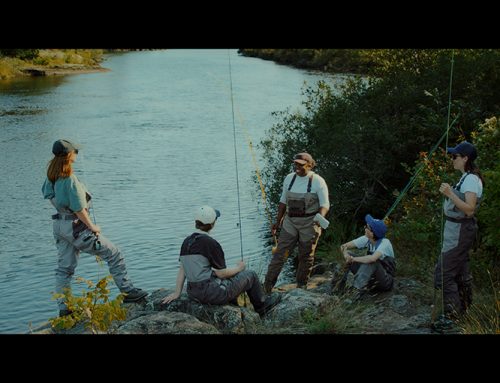
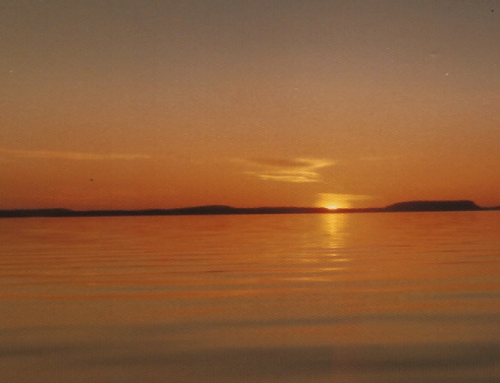
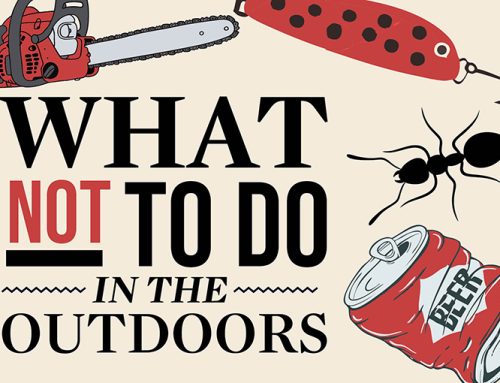
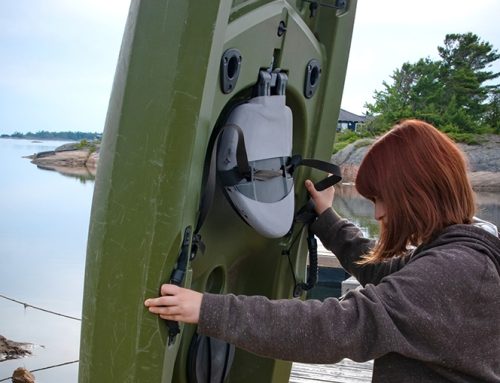
There is always room to learn new tricks and more new fishing products.